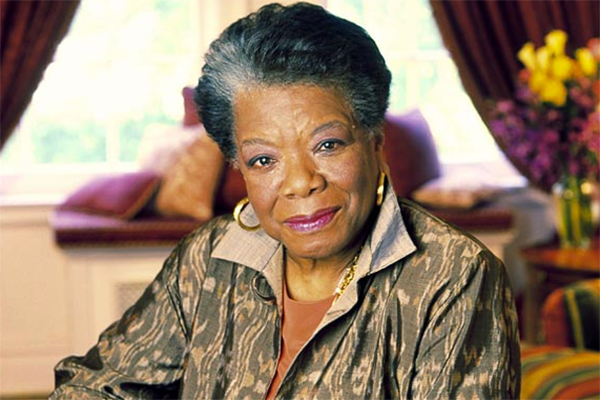The first stanza of Hughes’s ‘Dream Variations’ can be divided into two units of four lines each, and an additional ending line. Similarly, the second stanza of the poem can also be divided into two units of four lines each, but here the difference is that there is no additional ninth line. In both the stanzas, the two four-line units have the same simple rhyming pattern, that is, ABCB.
‘Dream Variations’ uses purposefully simple language. Not a single word of the total of seventy-seven words used in the poem is ambiguous. This has given commentators the idea that the speaker of the poem is meant to be child-like and innocent. There is no evidence in the poem to answer questions as to whether the speaker is male or female. Hence, it has also been suggested that the speaker is meant to portray an androgynous (that is, containing both male and female characteristics) quality. ‘Dream Variations’ is also remarkable for its frequent use of active verbs.
Though it appears to be a simple poem on the surface of it, ‘Dream variations’ can be interpreted to have a deeper level of meaning beneath just the words on the page. If daytime is associated with whiteness, and night-time with blackness, then it could be read as a subversive political message. Here, too, there are complications. Traditionally, whiteness has connotated purity, and correspondingly, blackness has connotated degradation. However, these connotations are completely overturned by Hughes.
During the daytime, the speaker engages in energetic activity, but this tires him/her out. This is an archetype of the black man, who is made to work hard by his white masters but nevertheless manages to find joy in the tasks at hand. However, with the exploitation of his labour, the black man’s body breaks down, and he longs for rest. Only with the coming of night is such a thing possible. In this case, night could be equated with the coming of an age where African-Americans are no longer marginalised, but are incorporated within the mainstream of the American population. This is, in fact, Hughes’s larger dream. Thus, we can see that Hughes has ingeniously reversed the traditional connotations of ‘black’ and ‘white’, ‘night’ and ‘day’, making the former stand for something positive, and the latter stand for something negative.
The pattern of repetition that Hughes has used in ‘Dream Variations’ performs a couple of functions. For example, the third line of the first stanza shows the speaker wanting “to whirl and to dance.” And the third line of the second stanza changes this to “Dance! Whirl! Whirl!” The repetition of the word “whirl”, and the use of the exclamation mark after every word, both lead to the mounting of the tone of the poem to a crescendo, so that by the third line of the second stanza it seems that the speaker has reached the climax of his energy, and can no longer sustain his daytime activities. Or, to delve deeper, the black man can no longer submit to being exploited at the hands of the majority-white population of America.
Another function of the pattern of repetition in the poem is to evoke the rhythm of jazz music, that so fascinated Hughes. Jazz music was one of the only legitimate forms of self-expression open to the African-American community in the first half of the twentieth century. Hence, the protagonists of Hughes’s poems often use this form to make themselves heard. ‘Dream variations’ is an example of such poetry, as is another poem entitled ‘Dream Boogie’.
Dear Readers- If this summary/analysis has helped you, kindly take a little effort to like or +1 this post or both. Make sure you like Beamingnotes Facebook page and subscribe to our mailing list so that we can keep in touch. We’ll keep informing you about stuffs that are really interesting, worth knowing and is important to you.
Some online learning platforms provide certifications, while others are designed to simply grow your skills in your personal and professional life. Including Masterclass and Coursera, here are our recommendations for the best online learning platforms you can sign up for today.
The 7 Best Online Learning Platforms of 2022
- Best Overall: Coursera
- Best for Niche Topics: Udemy
- Best for Creative Fields: Skillshare
- Best for Celebrity Lessons: MasterClass
- Best for STEM: EdX
- Best for Career Building: Udacity
- Best for Data Learning: Pluralsight

















This is very nicely written and helped me understand this poem so much more. Thank You!